Incident notification requirements under the model WHS Act have changed.
The changes will only apply once they are adopted under local WHS laws.
Incident notification requirements under the model WHS Act have changed.
The changes will only apply once they are adopted under local WHS laws.
Learn what to do if a serious incident happens at your workplace.
This fact sheet for small businesses outlines how you can manage the risks from fatigue and meet your work health and safety (WHS) duties. It covers:
This fact sheet provides general information about fatigue and fatigue management for workers. It covers:
Radiofrequency (RF) Electromagnetic Radiation (EMR), also known as Electromagnetic Emissions or Energy (EME), is non-ionising radiation that is produced by both natural sources (e.g. the sun) and artificial sources.
This information sheet provides persons conducting a business or undertaking information on engaging an occupational hygienist.
As a person conducting a business or undertaking (PCBU) you must eliminate or minimise risks from airborne contaminants in the workplace so far as is reasonably practicable.
Note: While this guide was developed during the COVID-19 pandemic, it provides useful information on how to undertake routine cleaning, and cleaning and disinfection following a case or suspected case of COVID-19, in a non-healthcare workplace.
COVID-19 is a highly contagious disease caused by the coronavirus SARS-CoV-2. It spreads through respiratory droplets or small airborne particles when an infected person coughs, sneezes, or talks, and is in close contact with others.
Further information and resources to help you manage the risk of COVID-19 at work.
This page provides information on control measures used to manage the risk of COVID-19 at work.
This page provides guidance to assist PCBUs manage the risk of exposure to COVID-19 at work.
A PCBU has a duty to eliminate or minimise WHS risks to workers and others at the workplace, including risks from COVID-19, so far as is reasonably practicable.
Under the model WHS laws, a person conducting a business or undertaking (PCBU) must ensure workers are provided with the information, training, instruction and supervision required to help them remain healthy and safe in the workplace.
This report provides a review of the literature on fatigue including:
In March 2024 Safe Work Australia commissioned the Australian Industrial Transformation Institute, Flinders University to undertake a literature review on harmful behaviours in the workplace.
This page provides resources and further information for persons conducting a business or undertaking (PCBUs) and workers on the workplace exposure standards (WES), workplace exposure limits (WEL) and the WES review.
The model Code of Practice on sexual and gender-based harassment is intended to be read and applied alongside the model Code of Practice: Managing ps
Persons conducting a business or undertaking (PCBUs) must take a proactive approach to preventing racism and do all that they reasonably can to manage the risk of it occurring at work.
If you’re a person conducting a business or undertaking (PCBU), you have a duty under the model WHS laws to do all that you reasonably can to eliminate or minimise the risk of racism occurring at work.
Racism at work can cause both psychological and physical harm, making it a risk to health and safety. Find out more about the work health and safety duty to prevent racism at work.
If you’re a PCBU, this checklist will help you to ensure you have arrangements in place that meet your WHS duties and support effective consultation.
Workers’ compensation is a type of insurance that helps support eligible workers who get sick or injured at work, including while working from home.
This factsheet provides an overview of your duties under WHS laws to consult, cooperate and coordinate your activities with other duty holders, so far as is reasonably practicable.
Use this image tile in your communications to raise awareness of workers’ compensation stigma and how to reduce it in the workplace.
Use this image tile in your communications to raise awareness of workers’ compensation stigma and how to reduce it in the workplace.
Use this image tile in your communications to raise awareness of workers’ compensation stigma and how to reduce it in the workplace.
Download the desktop wallpaper above to show your support for reducing workers’ compensation stigma.
Download the desktop wallpaper above to show your support for reducing workers’ compensation stigma.
Download banners to add to your website or intranet to show your support for reducing workers’ compensation stigma.
These key messages can be used to communicate your organisation’s support for reducing workers’ compensation stigma.
Download and use these social media posts and image tiles to show your support on social media for reducing workers’ compensation stigma.
Use this article on your website or in your newsletter to promote reducing workers' compensation stigma in your organisation or to your audiences.
Download these desktop wallpapers to show your support for reducing workers’ compensation stigma.
You can edit the co-brandable desktop wallpapers to add your logo.
Add this banner to your email signature block to show your support for reducing workers’ compensation stigma.
You can edit the co-brandable version of the email signature to add your organisation's logo.
Use this infographic to understand what employers can do to help reduce workers’ compensation stigma.
